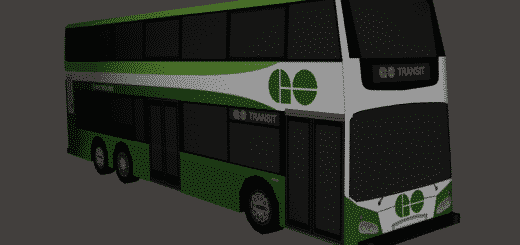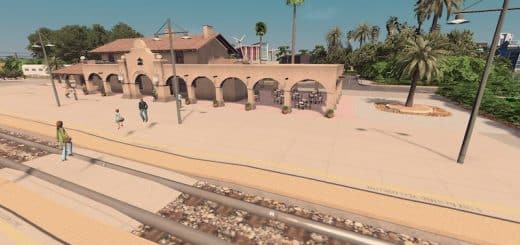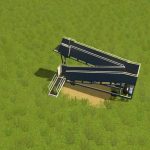
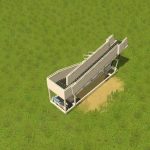
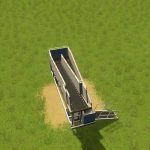

Airport Passenger Boarding Ramp
A passenger boarding ramp to allow passengers to board larg aircraft at small airports. These are used instead of jetbridges or stairs.
One common use of these is at airports that are relatively small but need to support aircraft with ETOPS certification. A prime example would be the smaller airports in the Hawaiian islands. These islands can only support aircraft that are short range (to other islands) and those that have ETOPS certification, since they are very far away from any other land masses (which could contain diversion airports).
These are motorless (they have the ability to change height via hydraulic pistons), and are light enough to be pushed into place. For transportation, they can be pulled by tow tractors.
There are three versions of the ramp included:
- BoardingRamp_Stowed : ramp in the stowed position
- BoardingRamp_737: At the correct height for aircraft with the height of a 737.
- BoardingRamp_A32X: at the correct height for the A320 family, as well as the 757.
The models are a bit high poly (compared to what I would have liked). They have 1340 Tris with a 231 Tri LOD.
They all use the same textures, which are a 512×512 Diffuse, Specular, and a 128×128 Diffuse, Specular LOD.
ETOPS stands for Extended Operations (not much of an acronym). Originally, ETOPS was meant to signify ““Extended Range Operation with Two-Engine Airplanes”, however, ETOPS does now include aircraft with more than 2 engines.
Traditionally, this is a certification given to two engine jet aircraft, which means that they are capable of flying on one engine for an extended duration (long enough to make it to a diversion airport). Before two engine aircraft were able to obtain an ETOPS certification, the only aircraft that could make trans-atlantic, and trips to the Hawaiian islands were 3 and 4 engine aircraft.
As of right now, most large two engine aircraft have ETOPS certification. For “smaller” aircraft, this includes the A321 (not the A320), and the 757.





